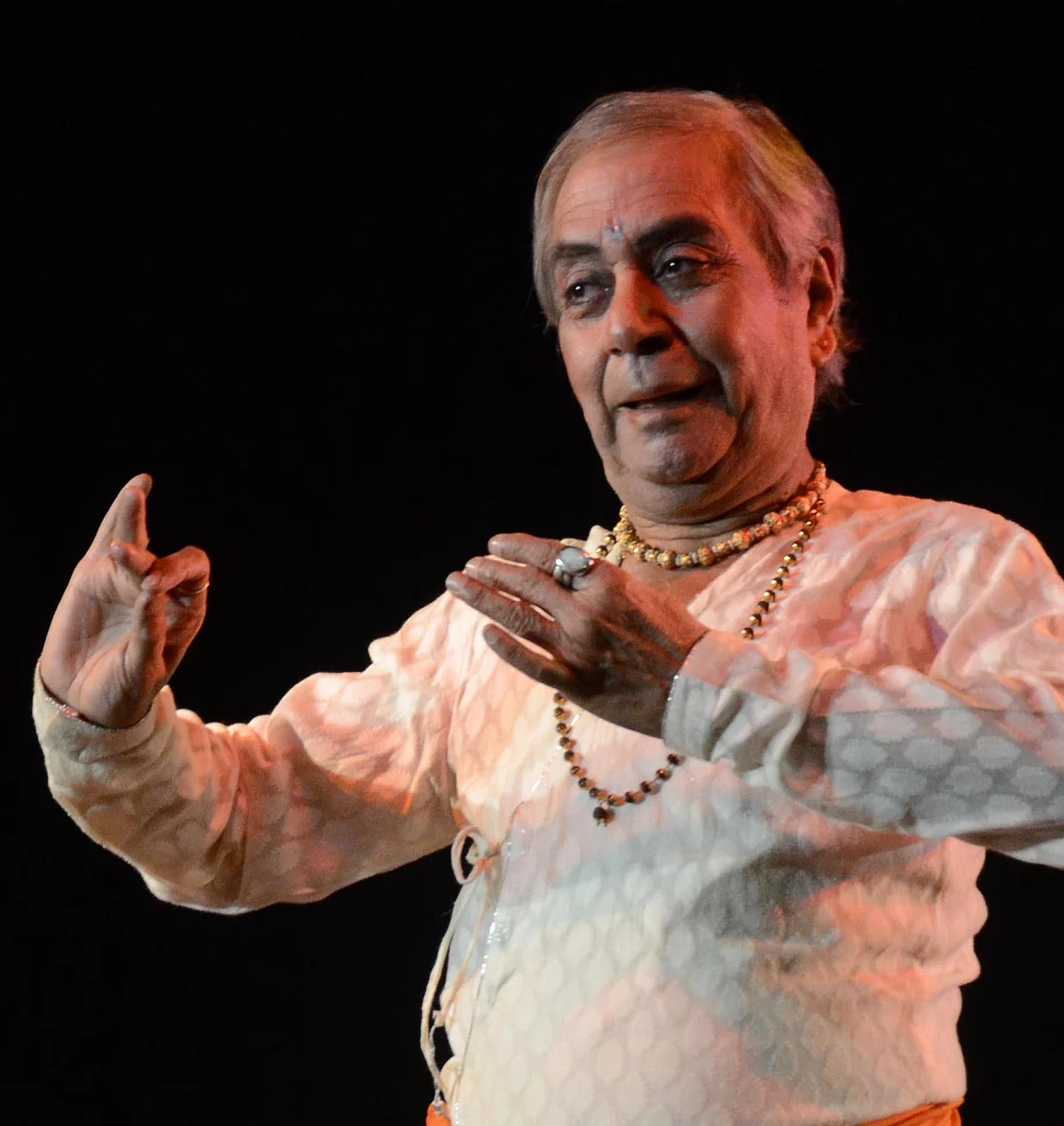In fond remembrance of Birju Maharaj: It was a blessing to see him perform
With the passing of Birju Maharaj has ended an era when Kathak rose over its association with 'Mujra' and acquired an eloquent form of dance to express the many stages of love, writes Mrinal Pande

A century and a half ago, two gifted Brahmin brothers, Kalka and Bindadin from Handiya village in Allahabad district, animated the Mehfils of the feudal houses and danced their way into the hearts of audiences all over the north. Their dance belonged to the classical Natwari style, perfect in rhythm and physical prowess, but their extraordinary skill lay in animated story telling they brought to it.
Kathak, as Birju ji told later generations, is also about narrating a Katha, a story, differently through the unique idiom of dance. Birju Maharaj himself carried on this intricately balanced tradition for over three quarters of a century, without ever compromising the basics of Nritta or pure dance as handed down by their Vaishnavite ancestors.
Fortunately for them, and even more fortunately for us, they touched their prime when art was neither Hindu nor Musalman, but a syncretic art form patronised by mostly Muslim feudal houses in Awadh. The last Nawab of Awadh Wajid Ali Shah, himself a dancer and composer of Thumris, being one of the greatest patrons with whom the dance form reached Bengal when he was exiled to Matiya Burz in Calcutta with his posse of artists he patronised.
The brothers sired three great dancer sons, Achhan Maharaj, Shambhu Maharaj and Lachhu Maharaj. Birju Mharaj, perhaps the last of the greats in Kathak, was born to Achhan Maharaj. Achhan Maharaj died young, when Birju was just nine. Thereafter his uncles took him under their wings and taught them all he could learn. Birju Maharaj did his uncles proud. He was not just a gifted dancer but also a wonderful singer, composer of many Thumris and choreographer whose art lit up India’s dance scene in various ways from regular Mehfils to Bollywood screens
For year Birju ji was head of the fabled Kathak Kendra in Delhi. Later towards the end of the century, he started his own dance school. The list of illustrious dancers he groomed ranges from his sons and nephews to stars like Madhuri Dixit and Deepika Padukone.
In the last few years, Birju ji’s body was worn by age and diabetes but his spirit remained as green as a bay tree. A great raconteur with an impish sense of humour, he would talk animatedly whenever we interviewed him, bringing to life an era the world was fast forgetting. He’d talk about his dancing as a young Krishna in the Durbars wearing silks with his large eyes lined with Kohl. “My Amma didn’t like the longing looks a particular nobleman kept giving me all through the performance, so as soon as the Mehfil was over, she escaped with me to the village. We were told late at night the Nawabzada’s men came looking for me to the tents but by then I was gone !’ he’d recall with a guffaw !
He bore no grudges; no ill will for the considerable hardships he faced as a young dancer when he had to support his family by dancing wherever he got invited. The only thing that he held in the greatest esteem was his dance. And there he never compromised.
Today Kathak dance classes flourish all over. Several of Birju ji’s gifted pupils have their own dance studios and would choreograph around modern themes like empowerment of women or evils of dowry. Birju ji didn’t. He remained a classicist in the true sense. When age weakened his body somewhat he more than compensated for it by Bhav Banav , sitting in a special pose and expressing emotions through his eyes and hand gestures : a Nayika veiling her face coquettishly, Krishna gently removing her veil, that special look that passes between the lovers. He was a feast for the eyes.
Never one for exotic spectacles, he always gave a new meaning to oft heard lines of Thumris and Dadras. His friends and admirers in the world of both dance and music were legion. Often together drunk on art, they’d break into an impromptu performance at friends’ homes, singing, dancing, flirting and giggling like angels must in heaven.
Repressed by generations of puritanism, his Kathak gave the art form a bright and irresistible beauty coupled with the glorious romanticism of semi classical singing. The overpowering sentiment for India’s syncretic culture, his Kathak recitals silenced the outcries of the love Jihad brigade and their country cousins.
Like the Bhakti poets of the medieval ages, Birju ji, by the time he passed on, achieved the near impossible : segregating Kathak from its cliched association with Mujras and Kothas and projecting it as a very contemporary expression of unrepressed cry of love, that is deemed holy in all Indian art forms, from music to painting to dance, illuminating all public monuments and even the holiest shrines.
There will not be another Birju Maharaj. We were blessed indeed to have seen him perform .
( Mrinal Pande, former Prasar Bharti chairman, is Group Editorial Advisor of National Herald)
Follow us on: Facebook, Twitter, Google News, Instagram
Join our official telegram channel (@nationalherald) and stay updated with the latest headlines
